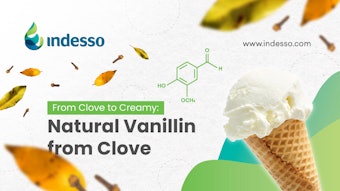Flavors and fragrances are complex mixtures of volatile compounds and generally consist of hundreds of substances with different functionalities. Whereas the first era of flavor research was directed to the gas chromatographic analysis (GC, GC-MS) and stock-taking of all volatile constituents of complex flavor and fragrance extracts, the main efforts during the last decade have been focused on constitutional and stereochemical features, chemoreception and sensory relevance as well as biogenesis and biotechnological synthesis of sensory active compounds.
The enantioγselectivity of flavor compounds was still questioned as recently as 1982. Meanwhile, chiral discrimination has been recognized as one of the most important principles in biological activity as well as odor perception. As early as 1945, Prelog et al. described the differences in the odor of the enantiomers (mirror image isomers) of androsta-4,16-dien-3 -one; while tbe (+)-enantiomer, functioning as a sexual hormone of the boar, shows a strong sweaty, urine-like smell, the (–)-enantiomer is odorless to humans. Another classical example is the odor difference of the enantiomers of carvone, independently reported by two groups in 1970; the (R)-(–)- and the (S-) -(+) -enantiomer have the odor of caraway and spearmint, respectively. These odor differences were ignored or attributed to impurities, until Friedman and Miller showed in an elegant experimental scheme that synthetic (R)-(+)- and (S-) -(–) -limonene could be interconverted, and still adhere to the characteristic pattern (Figure 1). Since then, these studies have been extended to a large collection of enantiomeric pairs of volatile compounds.
Although there is a variety of methods available for chirospecific analysis, gas chromatography (GC ) is the preferred method for analysis of flavor compounds. The high resolution power of GC is particularly necessary to determine the enantiomeric composition in complex mixtures and to determine trace compounds with a very low odor threshold.










